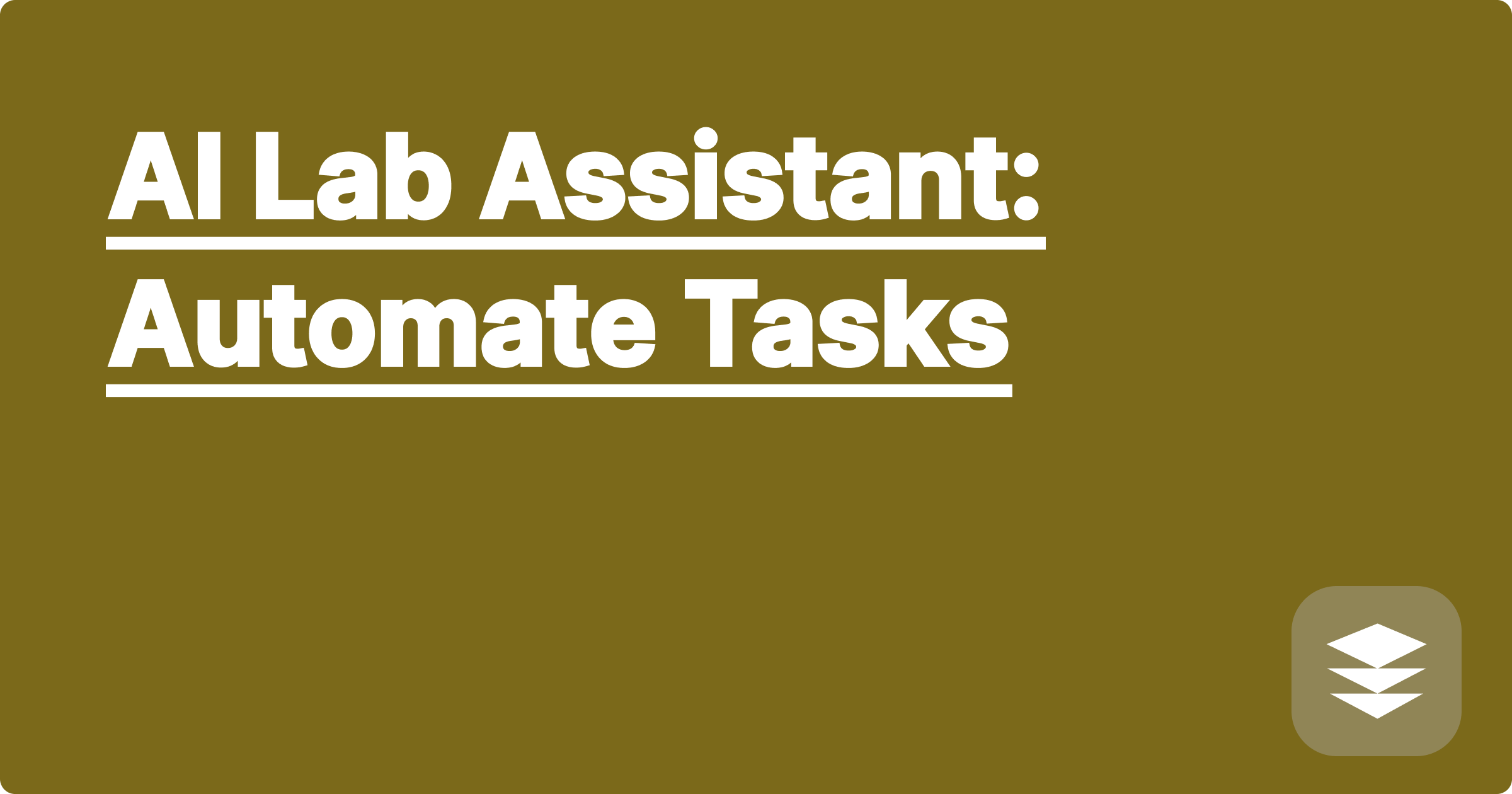
The rapid advancement of STEM fields demands increasingly complex and time-consuming research, often involving repetitive tasks that can hinder progress and stifle creativity. These tasks, ranging from literature reviews to data analysis and even experimental procedures, can bog down researchers, diverting valuable time and energy away from more critical aspects of their work. Artificial intelligence offers a promising solution to this challenge, providing powerful tools that can automate these repetitive tasks, freeing up researchers to focus on innovation and discovery.
This shift towards AI-powered automation is not just a trend but a crucial development for the future of STEM. For students, mastering these tools early on provides a significant advantage, equipping them with skills essential for success in a rapidly evolving research landscape. For seasoned researchers, integrating AI into their workflows can significantly boost productivity, enabling them to tackle more ambitious projects and accelerate the pace of discovery. Embracing AI is no longer optional but rather a necessary step for anyone serious about pushing the boundaries of their field.
STEM research often involves a significant amount of data processing and analysis. Researchers spend countless hours cleaning, organizing, and interpreting data, tasks that can be tedious and prone to human error. Furthermore, staying up-to-date with the latest research in a specific field requires sifting through a vast and ever-growing body of literature, a daunting and time-consuming endeavor. Even experimental procedures themselves can involve repetitive actions, such as preparing samples or calibrating instruments, which can detract from the core scientific work. This repetitive nature of many STEM tasks not only consumes valuable time but also increases the risk of burnout and reduces the overall efficiency of the research process. The sheer volume of data and information can become overwhelming, making it difficult for researchers to extract meaningful insights and make significant progress in their work.
AI tools like ChatGPT, Claude, and Wolfram Alpha offer powerful capabilities to automate these repetitive tasks and streamline the research process. ChatGPT and Claude, for example, can be used to automate literature reviews, summarizing key findings from a large number of papers and identifying relevant research trends. These tools can also assist in writing and editing scientific papers, generating clear and concise summaries of complex research findings. Wolfram Alpha excels in computational tasks, providing instant access to a vast knowledge base of scientific data and formulas. It can perform complex calculations, solve equations, and generate visualizations, freeing researchers from tedious manual calculations and allowing them to focus on interpreting the results. By integrating these AI tools into their workflows, researchers can significantly reduce the time spent on repetitive tasks and enhance their overall productivity.
To begin automating literature reviews, researchers can use ChatGPT or Claude by providing a specific research question or topic. The AI can then analyze a vast database of scientific publications, identifying relevant articles and summarizing their key findings. This process eliminates the need for manual searching and reading, saving researchers significant time and effort. Next, for data analysis, researchers can utilize Wolfram Alpha to perform complex calculations and generate visualizations. By inputting data into Wolfram Alpha, researchers can quickly obtain statistical analyses, identify trends, and generate graphs and charts, all without writing complex code or using specialized software. Finally, for automating repetitive writing tasks, such as summarizing research findings or drafting sections of a paper, ChatGPT and Claude can be invaluable tools. By providing the AI with key information and data, researchers can generate well-written summaries and drafts, significantly reducing the time and effort required for writing and editing.
Consider a researcher studying the effects of a particular drug on cell growth. They can use Wolfram Alpha to calculate the growth rate of cells under different drug concentrations using formulas like exponential growth models, represented as N(t) = N₀e^(rt), where N(t) is the population size at time t, N₀ is the initial population size, r is the growth rate, and t is time. They can then use ChatGPT to summarize the findings from numerous studies on similar drugs, gaining a comprehensive understanding of the current research landscape. Another example is a researcher studying climate change. They can use Wolfram Alpha to analyze climate data, calculating trends in temperature and precipitation over time. They can then use ChatGPT to draft sections of their research paper, summarizing the key findings and discussing their implications. These examples illustrate the versatility and power of AI tools in automating various aspects of STEM research.
Effectively integrating AI into STEM education and research requires a strategic approach. Students and researchers should focus on developing a strong understanding of the capabilities and limitations of different AI tools. Experimenting with different platforms and exploring their various features is crucial for identifying the tools that best suit specific research needs. It's also important to remember that AI tools are meant to augment, not replace, human intelligence. Critical thinking and careful interpretation of AI-generated results are essential for ensuring the accuracy and validity of research findings. Furthermore, ethical considerations surrounding the use of AI in research should always be taken into account, ensuring responsible and transparent use of these powerful technologies.
In conclusion, AI-powered tools offer a transformative solution to the challenges of repetitive tasks in STEM research. By automating tedious processes, these tools empower researchers to focus on higher-level thinking, creativity, and innovation. Embracing these technologies is not just about improving efficiency; it's about unlocking new possibilities and accelerating the pace of scientific discovery. Start exploring these tools today and discover the transformative potential of AI in your own STEM journey.
Conquer STEM: AI Practice Tests
AI Math Solver: Instant Solutions
AI Lab Assistant: Automate Tasks
Smart STEM Learning: AI-Powered
AI Science Solver: Easy Answers
Pass STEM Exams: AI-Powered Guide